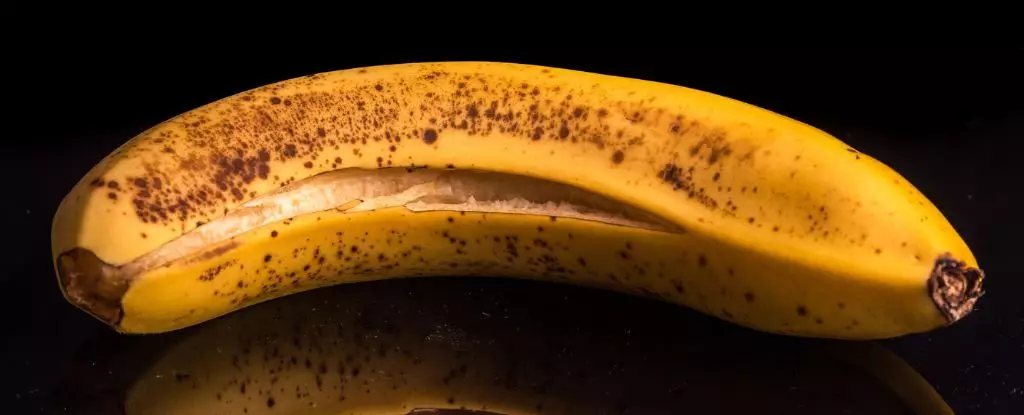Every day, people around the world peel bananas, tossing the skins into the trash without a second thought. However, recent studies reveal that this common practice might be worth reevaluating. Banana peels, often considered waste, are emerging as nutritious and versatile ingredients in the culinary world. By blanching, drying, and grinding these peels into flour, one can create baked goods that rival traditional wheat-based products. This discovery opens new avenues not only for creative cooking but also for promoting sustainability and reducing food waste.
Nutrition has become a focal point for many home cooks and health-conscious consumers. The nutritional profile of banana peels is impressive, offering an abundance of vital minerals and compounds that can enhance human health. When integrated into recipes, the banana peel flour substantially increases the fiber content of baked goods. Studies have shown that cookies made with banana peel flour contain higher levels of magnesium, potassium, and antioxidants than their traditional counterparts.
Most notably, a taste test demonstrated that consumers found no discernible difference in flavor between cookies made with banana peels and standard sugar cookies. This suggests that utilizing banana peels not only benefits nutritional intake but also satisfies culinary expectations. However, it’s crucial to strike a balance in the ratio of banana peel flour used; too much can lead to undesirable textures, such as overly dense or brown cookies. A concentration of around 7.5% banana peel flour yield results that both taste good and maintain an appealing texture.
While the study highlighted the application of banana peel flour in cookies, the potential for use in other baked goods is significant. Experts propose that banana peels can be effectively incorporated into breads, cakes, and even pasta. A notable study on banana peel cake revealed not only an increase in nutritional value but also a natural coloring agent that enhanced the visual appeal of the dessert.
In addition to baked items, there are innovative culinary tips for those who prefer savory dishes. Esteemed chefs like Nigella Lawson have experimented with banana peels in curries, providing a unique twist to classic recipes. Vegan enthusiasts are further embracing the banana peel trend with creative dishes like banana peel “bacon” and pulled peel “pork.” These inventive applications underline the versatility of banana peels, elevating them from mere waste to culinary treasures.
Food waste is an ever-growing concern in today’s society, with estimates indicating that approximately 40% of a banana’s weight is represented by its peel. By incorporating banana peels into our diets, we are taking a proactive stance against food waste, making the most of what the earth provides. Cooking with banana peels not only adds nutritional value to our meals but also contributes to a more sustainable food system.
The impressive antioxidant and antimicrobial properties of banana peels also have practical benefits; they may even extend the shelf life of certain products. This approach resonates well in a world where consumers are more inclined to seek eco-friendly and sustainable options in their cooking.
The trend of using fruit peels goes beyond bananas. Other fruit skins, such as mango peels, have shown promise in enhancing flavors and boosting the health benefits of various dishes. This growing interest in using often-discarded parts of fruits signals a shift in culinary practices towards increased sustainability and resourcefulness.
Though many may feel skeptical about cooking with fruit peels, they could be pleasantly surprised by the outcomes. With a little creativity and some experimentation in the kitchen, the potential for delicious and nutritious meals using banana peels remains vast.
Next time you enjoy a banana, consider holding onto the peel instead of tossing it in the trash. With its nutritional benefits and versatile culinary applications, banana peel flour can transform your cooking while contributing to a more sustainable lifestyle. By embracing this overlooked element of the fruit, you may find a new flavorful addition to your pantry while also doing your part to combat food waste. So take a chance on banana peels; your taste buds—and the planet—will likely thank you!


Leave a Reply